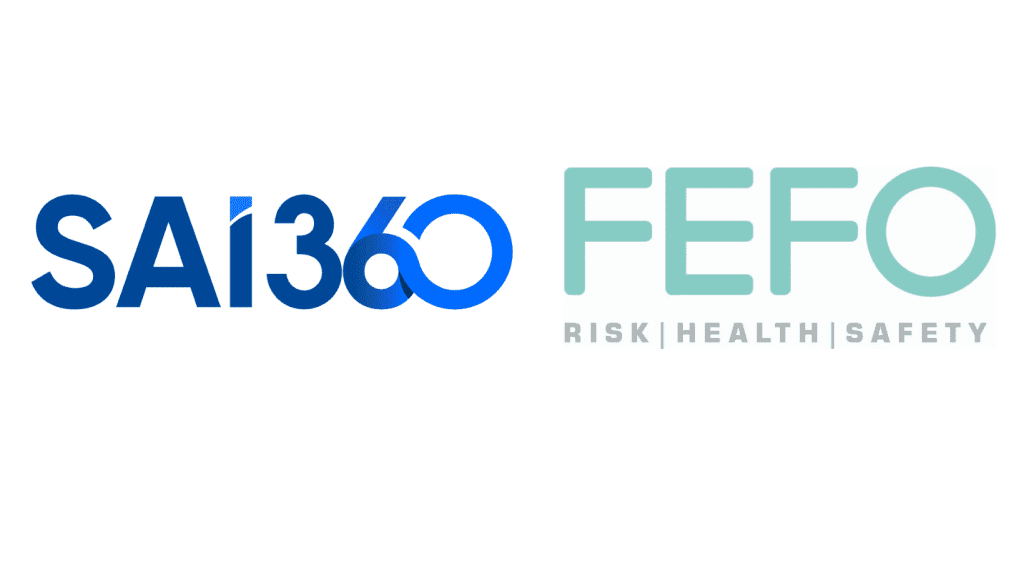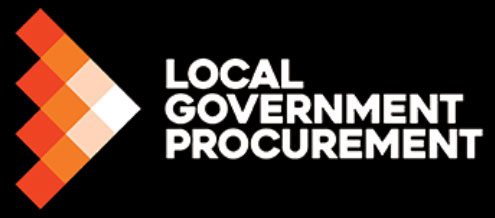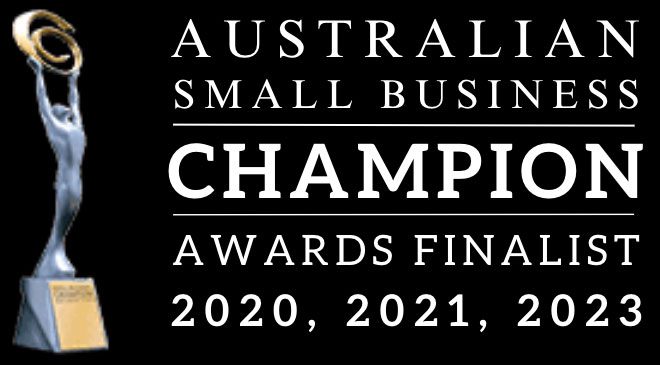Is your health & safety strategy effective?
Do your metrics allow you to learn, adjust and improve?
If either your strategy is wrong or metrics are in effective, there is a good chance there are lost opportunities for success.
The Objective and Key Results (OKR) approach to setting goals is a great way to effectively support a strategy and has been used at Google, LinkedIn Airbnb, and many more. OKR’s are often complimented by Key Performance Indicators (KPI).
OKR vs KPI
So, what is the difference between OKR’s and KPI’s?
- OKR’s set out the direction of what needs to be achieved, e.g., the desired destination.
- KPI’s provide indicators of how progress is tracking, e.g., the speedo.
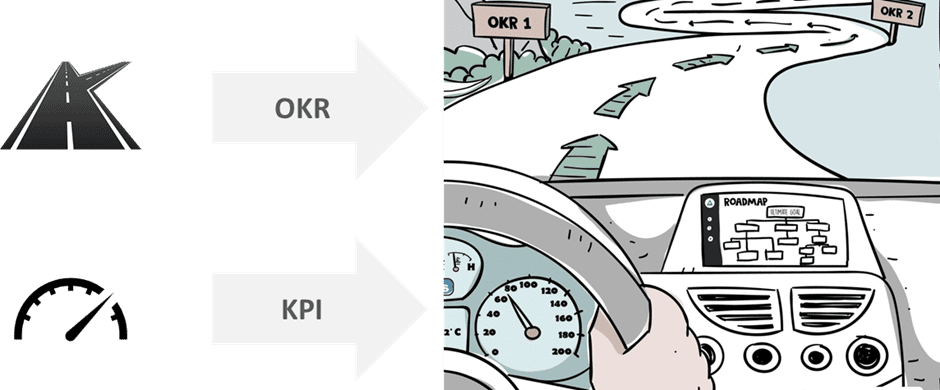
Objective & Key Results (OKR)
- What do we want?
- Where are we going?
- Where do we want to play?
Key Performance Indicator (KPI)
- Did we meet our objective?
- What needs to change?
- Do we need to do more?
One of the key differences between OKRs and KPIs is the intention behind the goal setting. KPI goals are typically obtainable and represent the output of a process or project already in place, while OKR goals are somewhat more aggressive and ambitious.
However, while OKR goals should be bold, they shouldn’t be unreachable. The idea behind this strategy is that by crafting aggressive OKRs, you can push your team (and yourself) to perform that much better.
OKR’s in Action
The Objective is qualitative, and is supported by about 3-5 Key Results, which are quantitative. They are used to focus a group or individual around a bold goal. Key Result metrics tell you if the objective are met in a given period of time typically rated from 0.0 – 1.0.
Most Key Results are evaluated each quarter to inform the next quarter’s work. It’s important the outcomes of evaluating Key Results promote high performance with a focus on the desired behaviour. Often incentivising teams with praise and recognition is great way to encourage and motivate, rather than focusing on negatives.
What makes a Good OKR?
- Bold: Effective OKRs represent meaningful change, improvement, and growth. OKR’s outline priorities for the next 30-90 days.
- Objective: Effective Objectives are meaningful, audacious and inspiring.
- Effective Key Results: Specific and timebound, aggressive and realistic, measurable and verifiable.
- Aligned: Organisational OKR’s should cascade to teams and individuals.
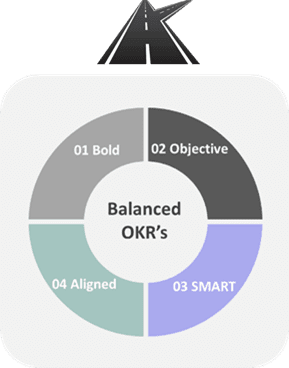
What is a KPI?
Key Performance Indicators (KPIs) are used to evaluate performance over time for an organization, individual, program, project, action, etc. While you may have some outliers, these indicators are often measured against targets.
We highly recommend you make your KPIs measurable. Adding quantitative value makes it easier to provide context and compare performance for whatever you’re measuring. Creating qualitative KPIs is possible, but not advisable because this structure can lead to confusion and subjective interpretations of data.
What makes a good KPI?
Good KPI combine a balanced approach to include both Evidence-Based and Opinion-Based metrics:
- Predictive: Accurately forecasts the future.
- Valid: Measures what you intended, statistically meaningful.
- Reliable: Repeatable providing statistically consistent results.
- Important: Directly reflects an outcome that matters.
- Functional: Used to inform operational and strategic risk. Balances compliance vs performance.
- Clear: Understood and easily communicated.

When selecting the right KPI, it’s important get the balance right. Examples of KPI’s are outlined below:
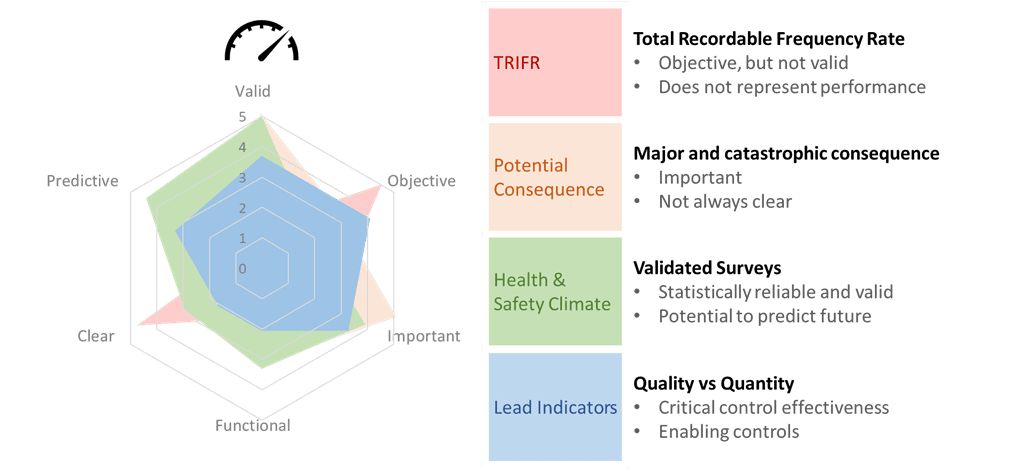
Executing the Strategy
Developing measures for success with OKR’s and KPI’s is an important step, but only one component to develop and deploy an effective strategy. To get started, refer to some additional resources below:
- Validated Surveys: Health and Safety Index
- Lead Indicators: Critical control management
- OKR Template: Click on the Download button below.
If you need some guidance on developing and deploying an effective strategy, contact us today.


